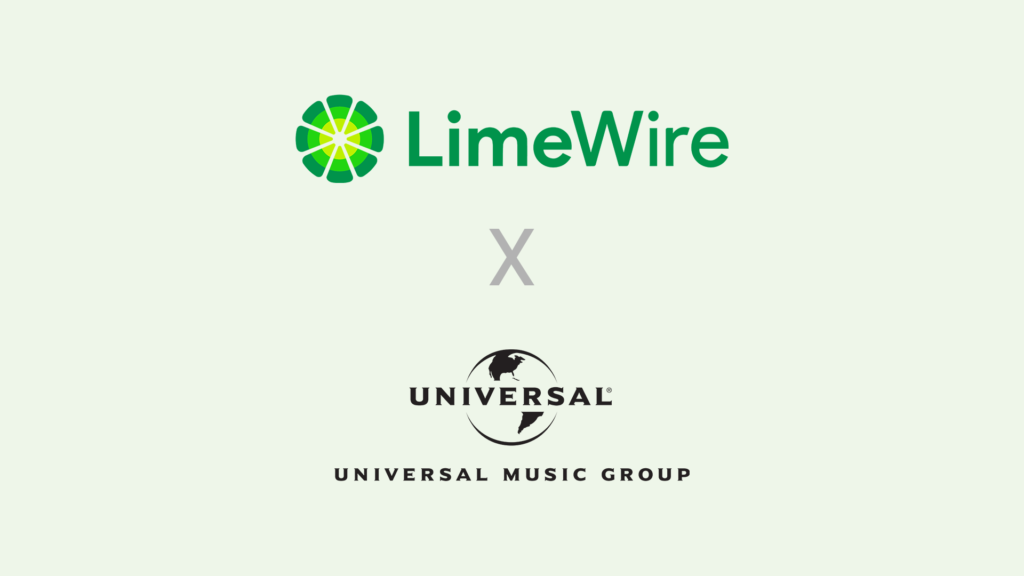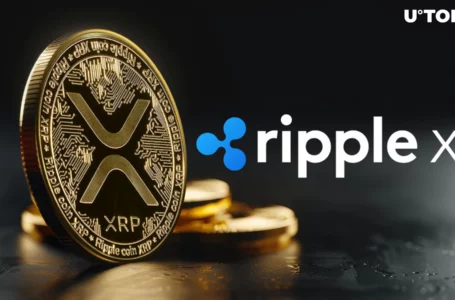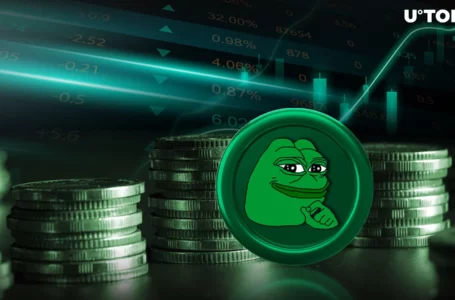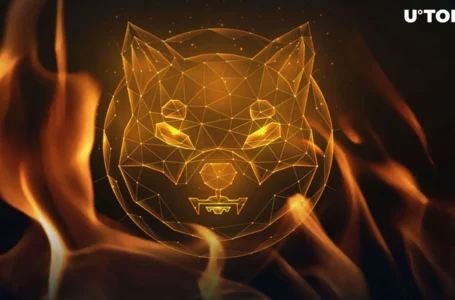
LimeWire is relaunching NFT as a digital collectibles marketplace for art and entertainment, initially focused on music. Using LimeWire, you will be able to create, buy and trade NFT collectibles with ease. Read our article and find out if LimeWire cryptocurrency is worth it.
What is LimeWire (LMWR)?
LimeWire is an NFT Digital Collectibles Marketplace focused on music entertainment, a re-release of a defunct peer-to-peer music sharing software popular in the 2000s. Initially, the new LimeWire will focus only on music.
LimeWire was first released on May 3, 2000 as a peer-to-peer file sharing program designed to allow users to upload and download files via desktop software. Users had access to thousands of MP3, AVI/MPEG and JPG files, culminating in tens of millions of users and over $20 million in annual revenue in 2006. LimeWire software was installed on 18% of all computers in circulation , making it arguably one of the most prominent music and video sharing platforms of the 2000s.
As a result of its growing popularity, LimeWire became the subject of lawsuits by the Recording Industry Association of America, bordering on music copyright infringement by record companies represented by the RIAA. These lawsuits and another lawsuit brought by LimeWire resulted in a lengthy legal battle between the two parties between 2006 and 2010. On October 26, 2010, a ruling was passed that would cause LimeWire to cease all operations.
LimeWire NFT Marketplace Platform
The LimeWire platform will be built on the first truly mainstream-ready digital platform. It will be available and accessible to virtually anyone, creators and buyers alike. The plan involves launching as a connected NFT marketplace for users to collect, trade and enjoy exclusive content from their favorite creators without worrying about the technical aspects of blockchain. By taking care of escrow and blockchain transactions, LimeWire lowers the barrier to entry for ordinary users to buy and trade NFTs.
Rather than competing with existing streaming services, LimeWire wants to provide another channel for creators to sell content exclusively. Artists will be able to directly engage with their loyal fans. Users will be able to buy and trade music-related assets such as cover art, previously unreleased demos, exclusive music releases, artist interviews, behind-the-scenes content and music-related digital art accompanied by audio or video content.
The new LimeWire will focus on music and allow users to buy and trade rare items. This may include limited editions, unreleased demos, and digital products. The brothers hope the new LimeWire will make the NFT sphere more accessible to newbies. In fact, the NFT market will list prices in US Dollars instead of cryptocurrencies. Additionally, thanks to LimeWire’s new partnership with Wyre, users can mint NFTs using their credit cards.
LimeWire goals
The LimeWire NFT marketplace hopes to put artists in full control of their content, giving them flexibility and control. Eventually, the market will not be exclusive to music-related content alone. You will be able to trade in other types of digital collectibles related to interests in sports, music, movies, or artwork. The company’s vision is to go beyond the music industry and become the collectible market for arts and entertainment. LimeWire expects to reach 1 million unique monthly users by the end of its first year of operation.
Compared to music, LimeWire believes the film industry is still at an early stage regarding NFTs and sees tremendous potential in filmmakers, producers and studios of all sizes creating digital collectibles. If that happens soon, LimeWire aims to become the pioneer market that will help to further expand its offerings and ecosystem.
Eco-friendly platform
LimeWire has committed to being eco-friendly through its NFT minting process and blockchain provider. The minting of NFTs has become synonymous with greenhouse gas emissions from burning fossil fuels, coal, natural gas and oil for energy use. In 2021, 90% of all NFT transactions took place on the network Ethereum. Each transaction produced 103,42 kilograms of carbon dioxide and about 47 million tons of carbon emissions by the end of the year.
In contrast, LimeWire will take a more eco-friendly stance by using Algorand as its blockchain provider. Algorand is a decentralized and open source blockchain network that is carbon negative and maintains a light and energy efficient footprint. With the Algorand blockchain, users will be able to mint their digital assets for NFTs without worrying or feeling guilty about damaging the ecosystem.
LimeWire Partnerships and NFT Airdrop
To bring digital collectibles into the mainstream and onboard over 1 million users in its first year, LimeWire aims to partner with top artists in the music industry, with big players like Canadian producer deadmau5 and DJ Steve Aoki already in place. on board.
LimeWire will have a system that allows token holders to determine which up-and-coming artists should be supported by LimeWire on the platform and featured in their marketplace. waiting list.
LimeWire vs. Other NFT markets
LimeWire is poised to become the first truly mainstream-ready collectibles platform. How LimeWire intends to achieve this and what will they do differently to ensure they do. LimeWire management hopes to make signing up quick and easy, with straightforward KYC (know your customer) information requirements and US dollar pricing. An average music fan should be able to easily access the platform.
LimeWire vs. OpenSea
To use OpenSea, you need digital currency to transact. For this reason, OpenSea requires that you already have a crypto wallet – or create a new one, which will be connected to your OpenSea account. As a newbie, this whole process can be a bit overwhelming.
To solve this problem, LimeWire has created a system that does not require you to have a cryptocurrency wallet to trade anything. The LimeWire marketplace uses US Dollars as its primary currency, in addition to several other currencies and the LimeWire (LMWR) token. The Wyre payment platform is also used to facilitate payments for bank transfers and credit card deposits. These choices make it easy for beginners by significantly lowering the barrier to market entry.
LimeWire vs. Magic Eden
Magic Eden is a platform anyone can create on, and as a result, there is a lot of plagiarized content and imitations of popular projects like the Bored Ape Yacht Club. While LimeWire is also billed as a platform for everyone, the company has plans to avoid copyright infringement. LimeWire said it will either bring artists on board or ensure they verify that they own the copyright to their music.
LimeWire vs. Solanart
LimeWire allows a wide choice of NFTs and offers the advantage of cross-blockchain, connecting its platform with the Ethereum and Polygon blockchains. Solanart, on the other hand, only allows for a smaller selection of NFTs compared to LimeWire, and some of these assets are not even recognized on other platforms (apart from the Solana).
How to invest in LimeWire NFT?
NFT marketplaces are like stores that you visit to browse and buy what you like. The LimeWire NFT marketplace will work on the same principle. Once the LimeWire store opens, you will likely need to register before entering. To buy your first NFTs on LimeWire, you will need nothing more than your credit card or bank account. This is the one thing that the creators of LimeWire are emphasizing especially as appealing to music fans not particularly familiar with the ways of blockchain but willing to learn gradually.
LMWR Tokens
The LMWR cryptocurrency will have a total of 1 billion Tokens and raised $10,4 million in a private sale in a round led by Kraken Ventures, Arrington XRP Capital and GSR Ventures. Money raised from the LimeWire private token sale event will be used to grow the LimeWire team, extend partnerships and continue to bring musicians aboard its platform. Brothers Julian and Paul Zehetmayr, co-CEOs, said: “We expect strong interest in the public token later this year. The LMWR token is at the heart of the LimeWire ecosystem and allows you to actively participate.”
Final Thought
LimeWire is back to bring digital collectibles to everyone. LimeWire’s relaunch will redefine how music is created, marketed and collected in a way that’s easy and accessible to users. Artists will also have full control over their music and have the chance to engage directly with fans. With previous brand recognition as a former peer-to-peer music service, LimeWire is ready to take music ownership and commerce to the next level. Join the official waitlist to stay up to date on LimeWire and gain early market access at launch.



















